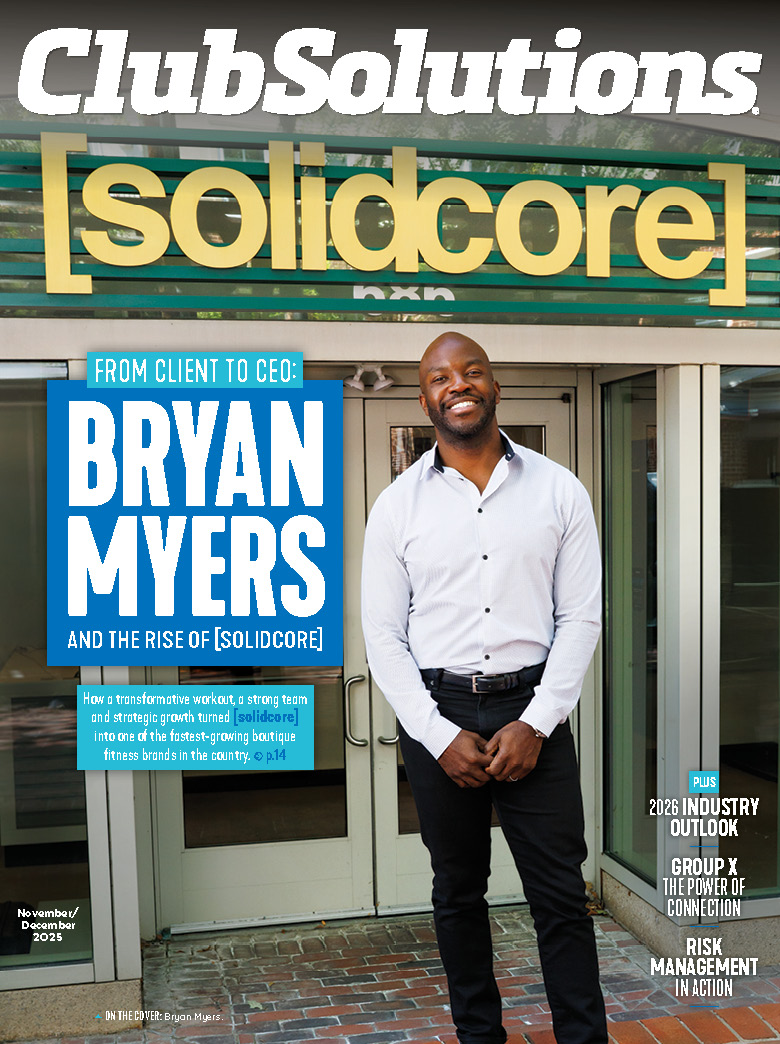Growing and maintaining membership dues sits at the top of the revenue food chain for health clubs. It’s common practice to either bundle or offer a la carte add-ons to membership tiers to drive ancillary revenue and improve the value of the membership. It’s well documented for a business to truly thrive, selling on price versus value can quickly turn into a spiraling rat race of underpricing competition with the risk of lower perceived value to prospective members. With these things considered, there is a powerful opportunity to capitalize on the shift in the market needs of today.
At Universal Athletic Club, we found offering short-term membership specials at a lower-cost entry created high lead volume, with lower quality leads and higher rate of attrition despite a one-year commitment after the conversion. We saw significant improvement in membership sales, lead quality and attrition when we offered our standard enrollment free and the benefit of delayed billing. The new members essentially had “skin in the game” but this was not enough. It was critical the base membership had a powerful and unique value offering that made it very difficult for a prospect to object.
The population of 65 and older is expected to double over the next 40 years, a demographic who values longevity and quality of life. Market research indicates there is a higher percentage of consumers who want to manage their mental health over losing weight, which is a clear byproduct of isolation stemming from the pandemic. High intensity interval training is still a top 10 global trend eliciting a spike in consumers interested in methods to mitigate and recover from injury. Stress management, longevity and wellness have worked their way into the industry for years as evident by the proliferation of products and services designed for recovery. Recovery and rejuvenation are key buzzwords for active agers, those interested in managing mental health through health club services, and the avid exerciser looking to stay in the game.
We took a hard look at how to maximize marketing spend, improve lead conversions and retain current members. We did this with the goal of providing better value in the basic membership and capitalizing on the trend toward recovery services. It was important for us to have an additional offer that not only added tremendous value but gave members reasons to visit the club other than to sweat. This is a potentially great draw to reach the 80% of the population who don’t use health club services.
We recently opened a 700-square-foot recovery center in January 2022 that functions as an ancillary service for the club. These services include pulsed electromagnetic field therapy, a red light bed, local red and infrared therapy, adaptive contrast oxygen training, lymphatic drainage compression, and a massage chair.
As successful as the recovery center had been, we soon discovered there was a clear opportunity to enhance the base membership by including what we considered base level recovery services. Part of the base tier membership of the club now includes percussion treatment, lower and upper body compression, and a cold tub. Most of these base-level treatments exist in the recovery center. The members see this as great value to the membership, the services get high usage and the specialized tier of recovery services has seen a significant lead volume increase.
As we approach 2023, this is a great time to take a closer look at investing in value add-ons that are perceived as — and can deliver on — improving health in a holistic way. The trends toward wearable technology, group activities, recovery, mental wellness and active aging all present great potential. There is opportunity for blended models where base tier offerings of traditionally ancillary services can be used as multifaceted tools to add value in marketing, distinguish your facility, retain current members and provide an upsell opportunity.



![From Client to CEO: Bryan Myers and the Rise of [solidcore]](https://d296qbqev3kq48.cloudfront.net/wp-content/uploads/2025/11/06151333/CS-NovDec25-CoverStory-3-350x250.jpg)






